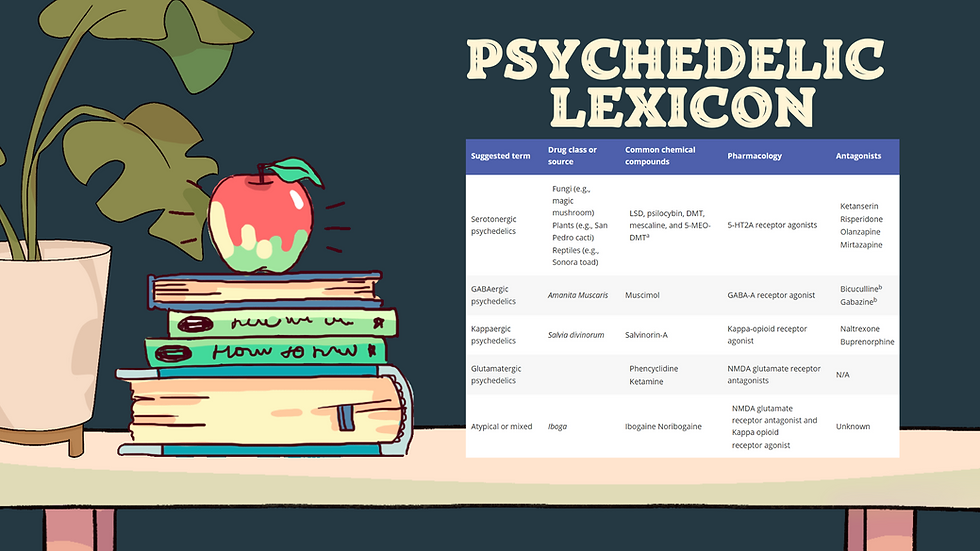Specific harm reduction strategies employed by MDMA/ecstasy users in the United States and the United Kingdom
- Drug Science
- May 29, 2017
- 1 min read
Updated: Apr 9, 2024

Both recreational and problematic 3,4-methylenedioxymethamphetamine (MDMA)/ecstasy users could benefit from employing harm reduction interventions intended to preserve health and prevent negative consequences. To evaluate whether use of such interventions varied by country of residence and frequency of ecstasy use, we used web-based surveys to assess how often 104 lower-frequency and higher-frequency American ecstasy users and 80 lower-frequency and higher-frequency British ecstasy users employed each of 19 self-initiated harm reduction strategies when they used ecstasy during a 2-month period.
Several significant differences notwithstanding, at least 75% of participants had used 11 of the 19 strategies one or more times during the 2-month assessment period, regardless of whether they lived in the United States or United Kingdom and whether they were lower-frequency or higher-frequency ecstasy users. When proportions of American and British participants using a strategy differed significantly, it was typically larger proportions of Americans using those strategies.
Many of the less frequently employed strategies are not applicable on every occasion of ecstasy use. However, because ecstasy is not a diverted pharmaceutical of known quality/potency, testing for the presence of MDMA, other stimulants, and adulterants is a strategy that everyone should employ, regardless of country of residence or how frequently one consumes ecstasy.
This research was published in the Drug Science, Policy and Law Journal the definitive source of evidence-based information and comment for academics, scientists, policymakers, frontline workers and the general public on drugs and related issues
For open-access to the full report of this research, see below:




